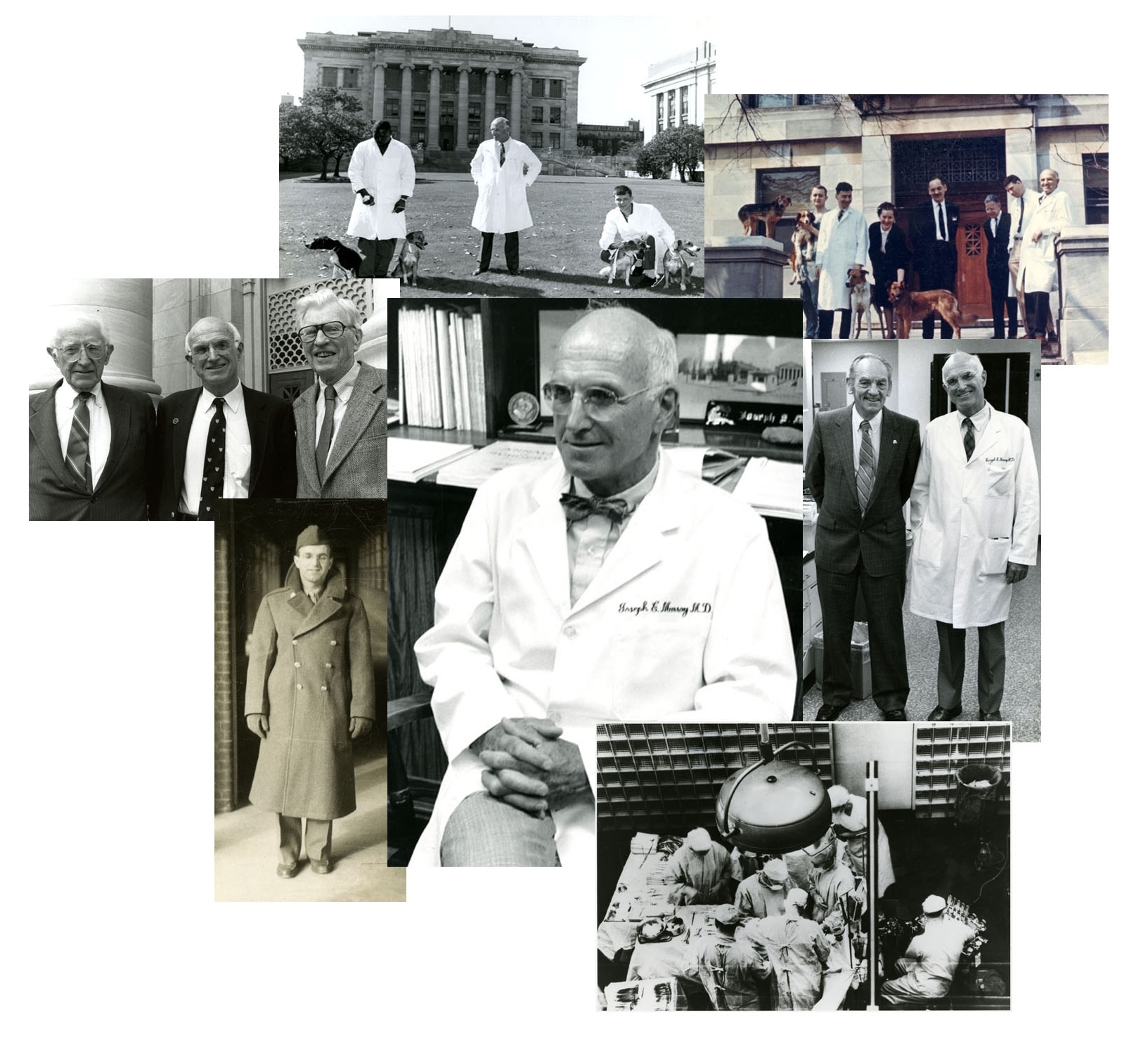Browse Exhibits (1 total)
Reconstructing Lives
On December 23, 1954, Joseph E. Murray performed the world's first successful organ transplantation at Peter Bent Brigham Hospital in Boston, MA. The origins of that surgery can be found at the Army's Valley Forge General Hospital during World War II, where Murray, working on the plastic surgical service, observed failed skin grafts on burned servicemen. This experience led him to explore more broadly the mechanism of organ rejection.
Murray went on to revolutionize organ transplantation through the use of immunosuppressive drugs, before shifting later in his career to plastic and reconstructive surgery, a field in which he also became an innovator and national leader. He headed the plastic surgery departments at the Peter Bent Brigham Hospital and Children's Hospital, Boston. At Harvard Medical School he directed the Surgical Research Laboratory, where the techniques and protocols for organ transplantation were developed and tested. In 1990 he was awarded the Nobel Prize in Physiology or Medicine.
Through transplantation and plastic and reconstructive surgery, Murray sought to rebuild the bodies and lives of his patients. At the opening of his papers, the Center for the History of Medicine seeks to commemorate his efforts, as well as those for whom he cared.

